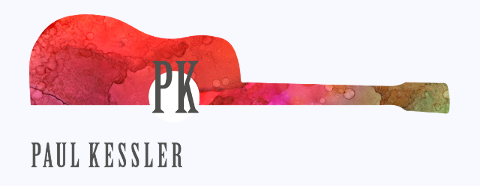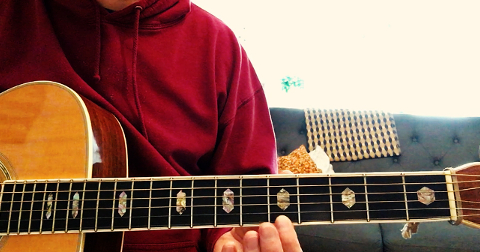The most natural way to start playing the guitar
Instructions for position playing have existed for a long time and in great numbers, while playing up and down on one string hardly ever appears in guitar textbooks.
So many guitarists today know about position playing, but very few know how to play up and down on one string. It is therefore no coincidence that some of these knowledgeable few
are among the best guitarists in the world.
- The easiest way to think of tones is as a series, like on a number line. A single string is such a series.
- Playing on a single string promotes your agility on the fretboard and trains you to play high frets.
- Phrasing and articulation techniques can be performed much more consistently.
- There are no problems when changing strings. This simplifies the playing of the right hand, so you can fully concentrate on all the possibilities of the left hand.
- You'll learn note positions faster because you're not working within your usual fingering patterns.
- When playing on a single string, you see the direct relationship between an interval (pitch distance between 2 notes) and the distance you have to travel along the single string to achieve it.
- A beginner can be shown and explained basics of music theory much easier, e.g. intervals, scales, chords and arpeggios.
- Before an instrument with 6 strings was invented, there was probably a 1-string, such as the Greek monochord. Pretending to play a 1-stringed instrument for a while is therefore a sensible idea.
Position playing is important and good. No question about it. But in my opinion and experience, you only really start to get to know the fretboard when you spend some time playing on individual strings. Besides, it's great fun (at least for me).
> Click here for guitar lessons <
Play fearlessly and unafraid!
Paul Aka Kessler
Bad Honnef, in spring 2021

